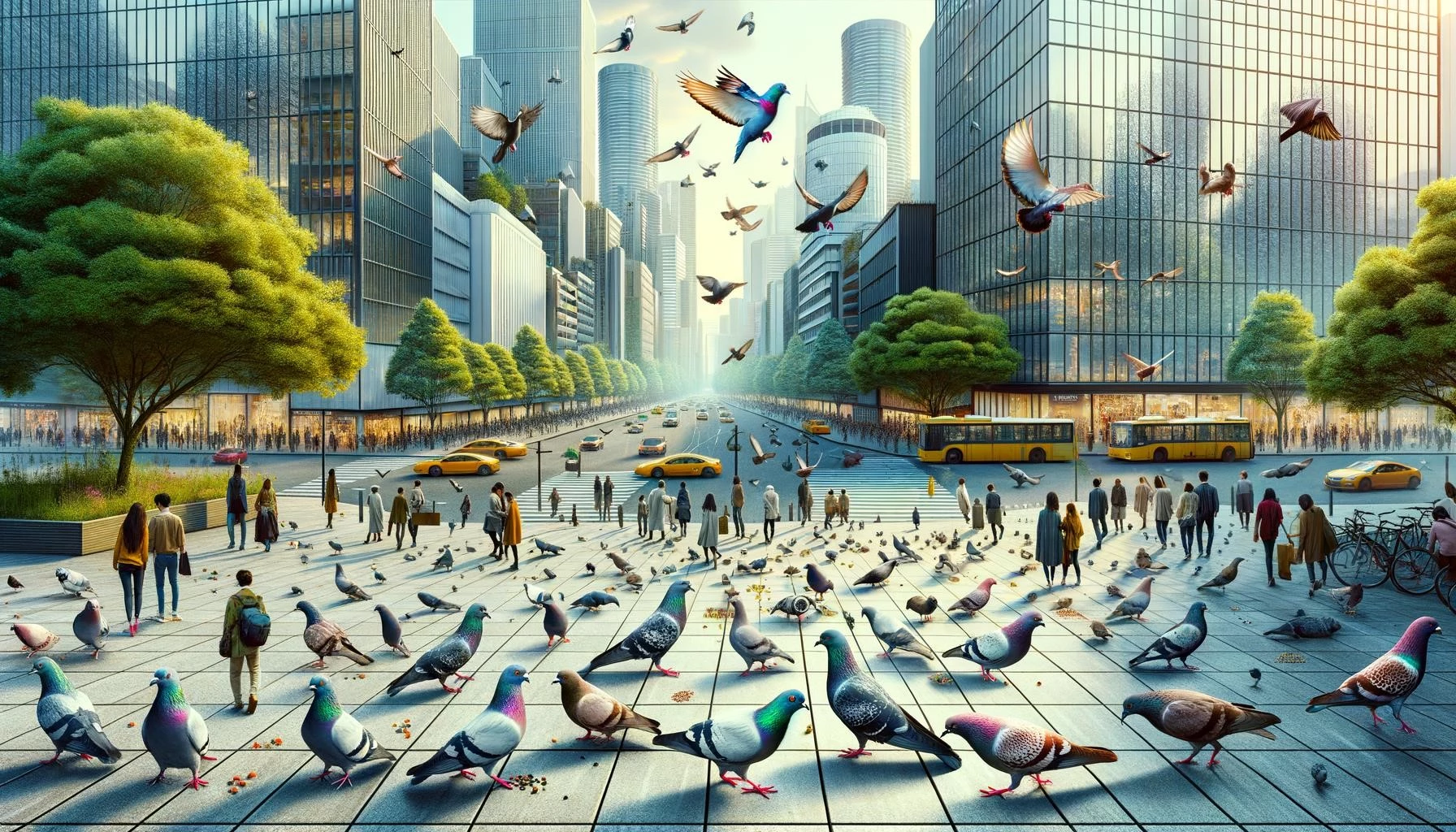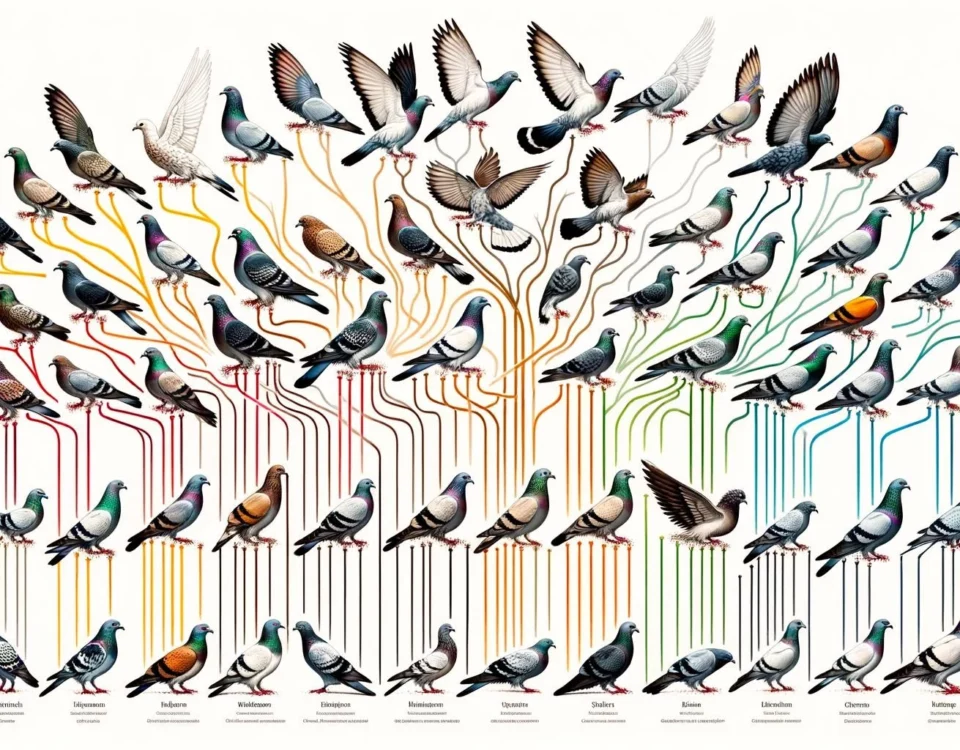Wild pigeons, often referred to as feral pigeons or rock doves (Columba livia), are commonly found in urban areas across the world. While these pigeons are often seen as a nuisance due to their droppings and potential damage to property, they also play important roles in urban ecosystems.
Key Takeaways
- Wild pigeons, or feral pigeons, can be found in large numbers in urban areas.
- They have been known to spread diseases through their droppings and ectoparasites.
- Despite their negative reputation, pigeons contribute to seed dispersal and help control insect populations in cities.
The Role of Wild Pigeons in Urban Ecosystems
Wild pigeons have adapted well to urban environments, utilizing man-made structures similar to their natural habitat. While some view pigeons as pests, they actually provide several ecosystem services in urban areas.
Seed Dispersal
One important role of wild pigeons in urban ecosystems is seed dispersal. As pigeons forage on fruits and seeds, they consume them and later excrete viable seeds. This process aids in the dispersal of seeds to new areas, allowing for plant regeneration and biodiversity.
Pigeons’ ability to disperse seeds helps maintain healthy ecosystems by aiding in the colonization of new areas by plant species. In urban settings with limited natural vegetation, pigeons play a crucial role in promoting green spaces and plant diversity.
Insect Control
Wild pigeons also contribute to insect control in cities. They are opportunistic feeders and consume insects, such as beetles and ants, as part of their diet. By preying on these insects, pigeons help reduce their populations and maintain a balance in urban ecosystems.
This natural pest control service provided by pigeons is particularly important in areas where insects can become a nuisance or pose a threat to human health. By keeping insect populations in check, pigeons can help create a more comfortable and safe urban environment.
Human Interaction and Appreciation
In addition to the ecosystem services they provide, wild pigeons also have cultural and aesthetic value. Birds, including pigeons, have long been a part of human history and culture. They inspire photography, art, religious customs, and are even kept as pets.
Pigeons add to the biodiversity of urban ecosystems and can be appreciated by residents and tourists alike. Their presence contributes to the overall charm and diversity of urban landscapes, making cities more vibrant and lively.
Challenges and Management
While wild pigeons have their ecological value, they can also pose challenges in certain situations. Large populations of pigeons can lead to sanitation issues due to their droppings. Additionally, an imbalance in pigeon populations can disrupt local ecosystems and put pressure on other bird species.
To address the challenges associated with overabundant pigeon populations, cities have implemented various management strategies. These include the installation of deterrents on buildings and structures, implementing feeding bans, and promoting proper waste management practices to reduce food sources for pigeons.
It is important to find a balance between managing pigeon populations and appreciating their ecological contributions. By implementing effective management practices, cities can coexist harmoniously with pigeons while maintaining a healthy urban ecosystem.









